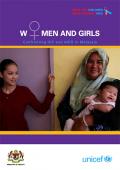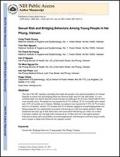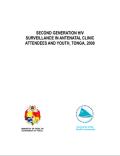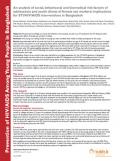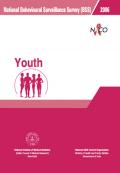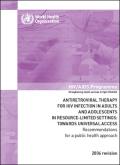Publications on Young People
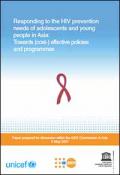
Resource | Publications,
The major recommendation of this paper is to strongly increase resources available for age- and gender- appropriate HIV prevention and support services for young people engaging in high risk behaviors: injecting drug users, young women and men involved in sex work and young men who have sex with men.
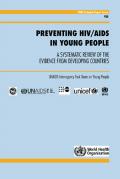
Resource | Publications,
This report is an attempt to rise to the challenge by providing systematic reviews of the evidence for policies and programmes to decrease HIV prevalence among young people, as a contribution towards achieving universal access to prevention, treatment and care (7) and attaining the Millennium Development Goal on AIDS (8).






